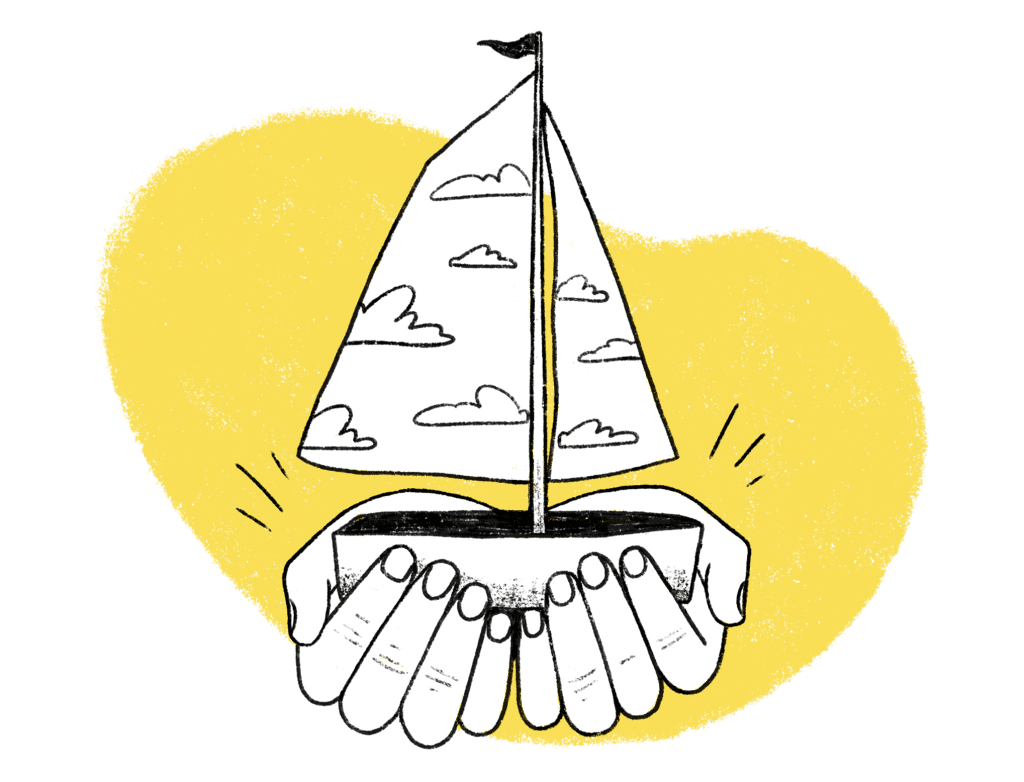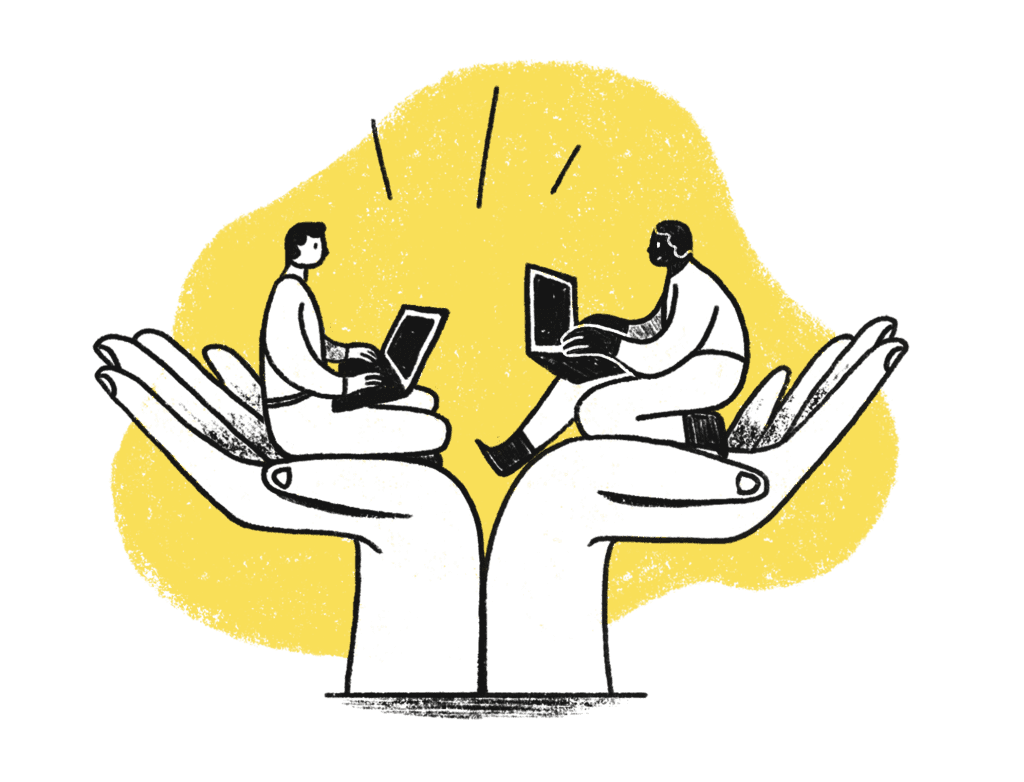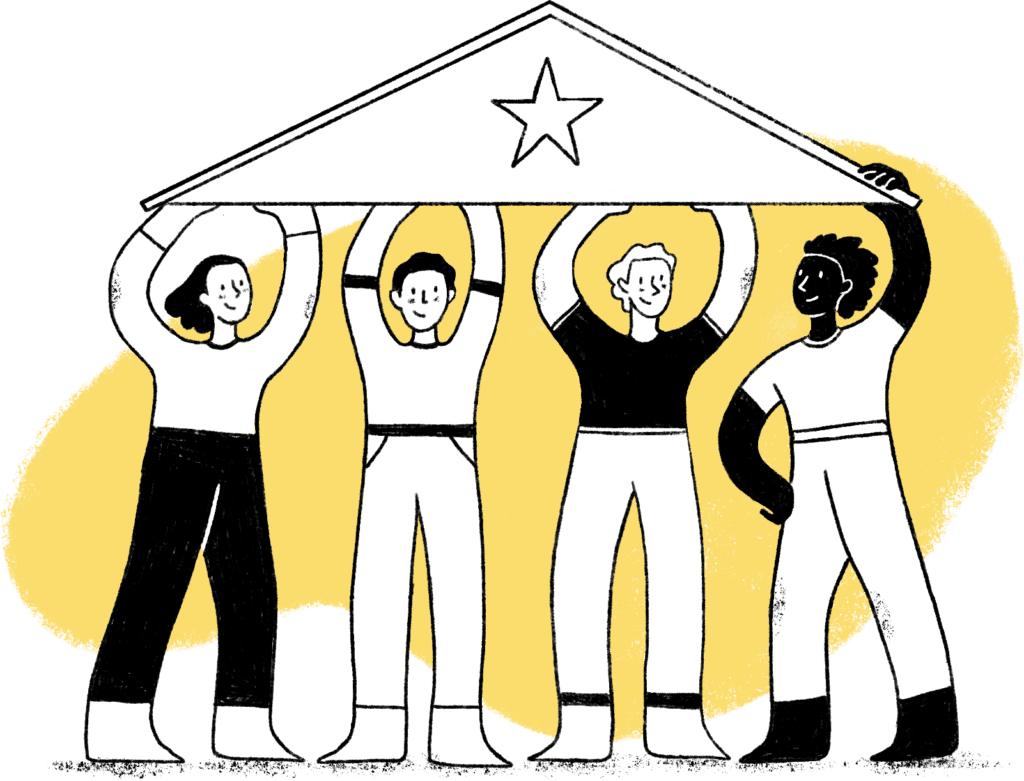
14 November 2025
7 min.
Team management
16 September 2025
4 min.

We’ve all heard the classic line: “The only constant is change.” It may be a cliché, but in today’s world of work, it still hits home.
With the rise of AI, economic uncertainty, changes to where and how we work, and evolving expectations around careers and purpose, teams have no choice but to adapt—again and again.
Agility isn’t just a nice-to-have anymore. It’s essential. McKinsey reports that organizations that adopt agile ways of working boost their financial performance by 20–30% and improve their operations—speed, target delivery, predictability—by 30–50%. Companies with more advanced agile practices, like agile funding, even responded to COVID-related disruptions twice as fast as the national average. (1,2)
So if change is here to stay, why not get equipped to ride the wave instead of being knocked over by it?
But how do we actually become more agile? And more importantly, how do we build team agility?
Help your teams grow their curiosity and digital agility to thrive in a changing world

Some teams aren’t just “naturally” agile—it’s something they work on. Agility comes from intentional practices and relational skills—also known as soft skills—that develop over time. The upside? These skills can be learned, practiced, and strengthened.
Here are three key ingredients for building real team agility:
Even when change is announced, it can still shake us up. Studies in organizational psychology show that uncertainty is one of the biggest sources of stress at work. (3)
Agile teams take that uncertainty and turn it into a chance to grow. In action, that looks like:
✓ Staying curious instead of anxious when faced with something new
✓ Trying things out and learning as you go
✓ Making room for mistakes—and learning from them together
Engage your team, understand resistance, and keep people motivated through times of change

Agility isn’t just about frameworks like Scrum or Kanban. At its core, it’s about how people work together. High-performing teams set up ways of collaborating that are both clear and flexible.
Some key habits:
✓ Giving people real autonomy to do their best work
✓ Encouraging open, ongoing, constructive feedback
✓ Becoming more aware of different communication styles, to keep things smooth and avoid misunderstandings
According to Gallup, teams built on mutual trust are 50% more productive. (4)
And trust? It grows through great collaboration.
Build the essential soft skills for effective teamwork and learn how to work better together

Some changes are predictable. Others come out of nowhere. The pandemic proved that—but so do climate and tech disruptions. Agile teams know how to come together when it counts. They build resilience by taking care of the team and the individuals within it.
That might mean:
✓ Supporting teammates who are having a harder time adapting
✓ Taking a moment as a team to talk about how people are feeling
✓ Celebrating small wins—even when things are rough
As the saying goes (with a twist): “Alone, you go fast. Together, you go further… and you last longer.”

Team agility isn’t something you “have” or don’t. It’s something you build. It comes from learning through change, collaborating well, and strengthening resilience. Developing these skills isn’t just a way to stay afloat—it’s a powerful driver of performance, innovation, and workplace well-being.
At Boostalab, we love helping teams grow these essential human skills. Through training, hands-on tools, and human-centred approaches, we turn today’s challenges into tomorrow’s opportunities. Want to explore what that could look like for your team? Let’s talk.
To support your team on this journey, we offer flexible options to fit your reality:
→ Group training: Explore our team workshops and learning journeys
→ Individual training: Discover our accessible, practical, people-first e-learning
→ Training for your LMS: Use our content on your own learning platform
→ Corporate subscription: Give your team full access to our online learning platform
Pick the format that fits your goals—and turns your transition into a team-building moment. Take the quiz to see what solution fits best!
1. Aghina, W., Handscomb, C., Ludolph, J., Rona, D., & West, D. (2020,). Enterprise agility: Buzz or business impact? McKinsey & Company.
2. Comella-Dorda, S., Marami, K., Kar, A., & Sunderraj, A. (2022). Agile funding: An investment management approach to funding outcomes. McKinsey & Company.
3. American Psychological Association. (2022). Workers appreciate and seek mental health support in the workplace: APA’s 2022 Work and Well-being Survey. APA.
4. Gallup. (2024). State of the Global Workplace: 2024 report. Gallup.
Blog

14 November 2025
7 min.

27 October 2025
7 min.

3 July 2025
4 min.